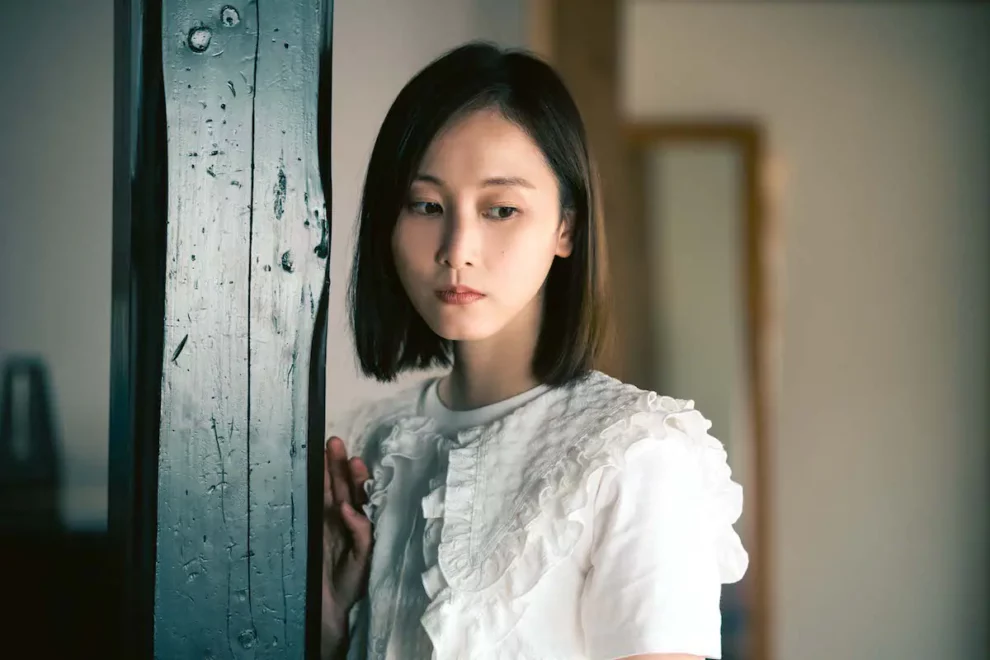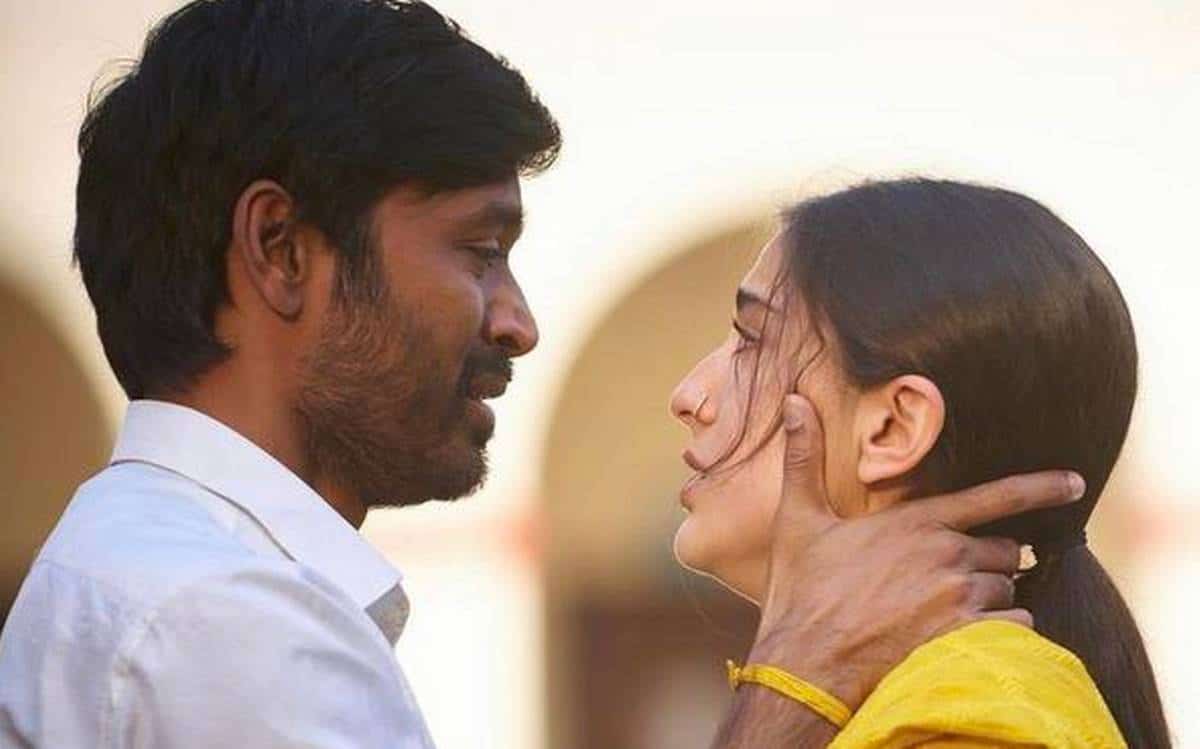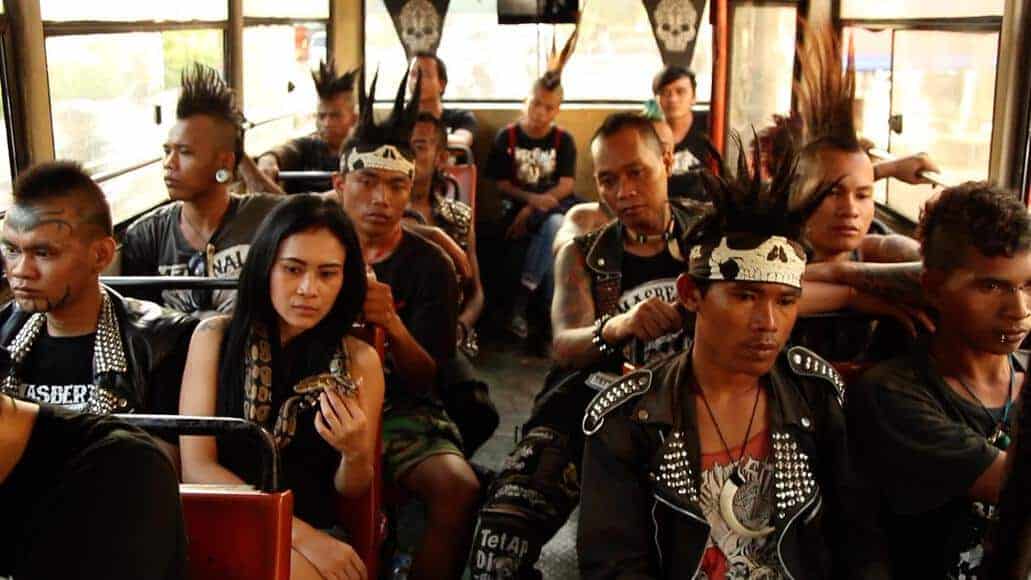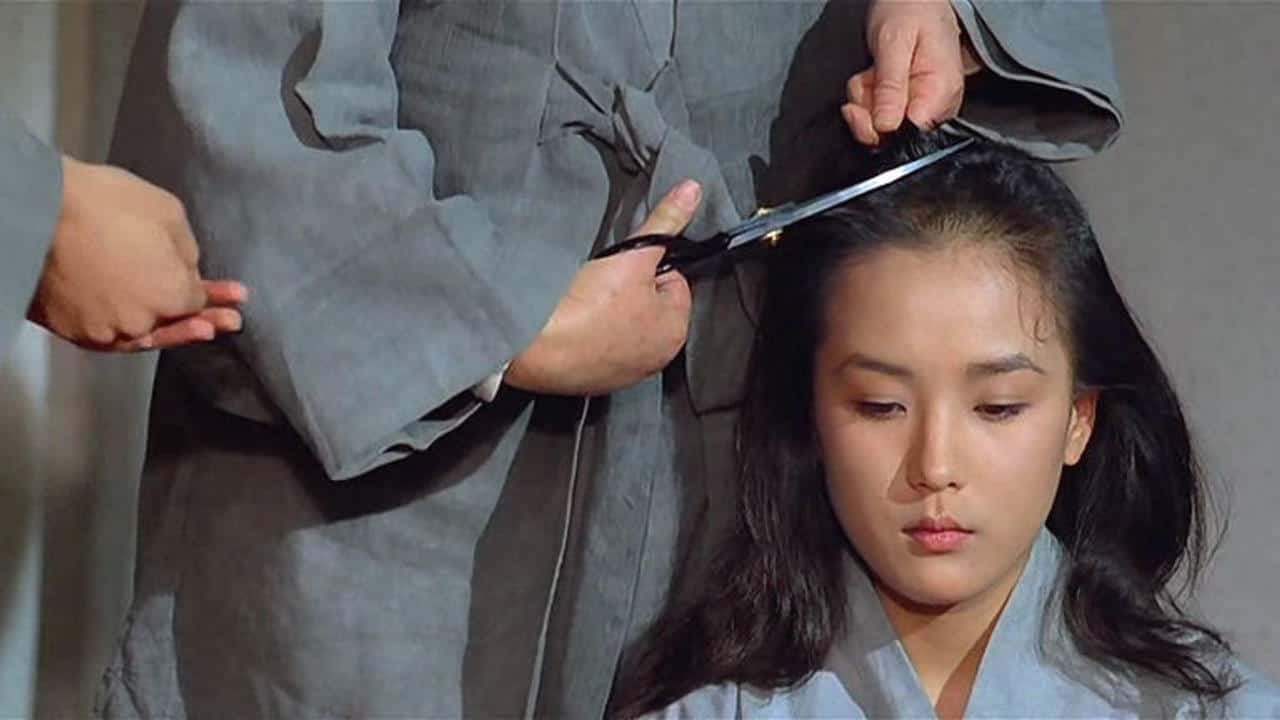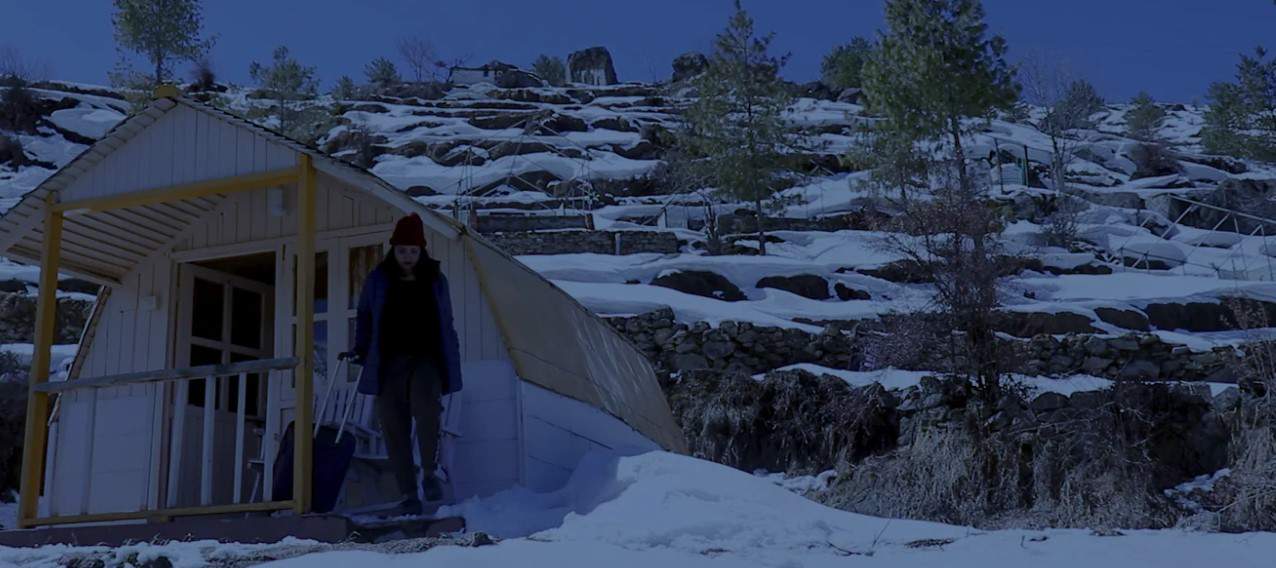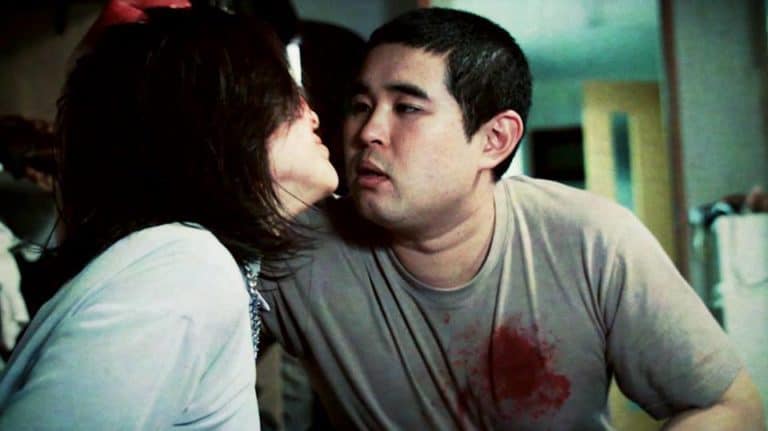After her assured and quirky debut film “Jeux De Plage” part homage to French (and broadly European) cinema, part comedy of errors, presented at the 2019 edition of Japan Cuts, filmmaker Aimi Natsuto chooses to explore a much somber theme for her sophomore work, but treating the subject matter with the same confident and constructive ways she displayed in her previous one.
Saga Saga is screening at Japan Cuts
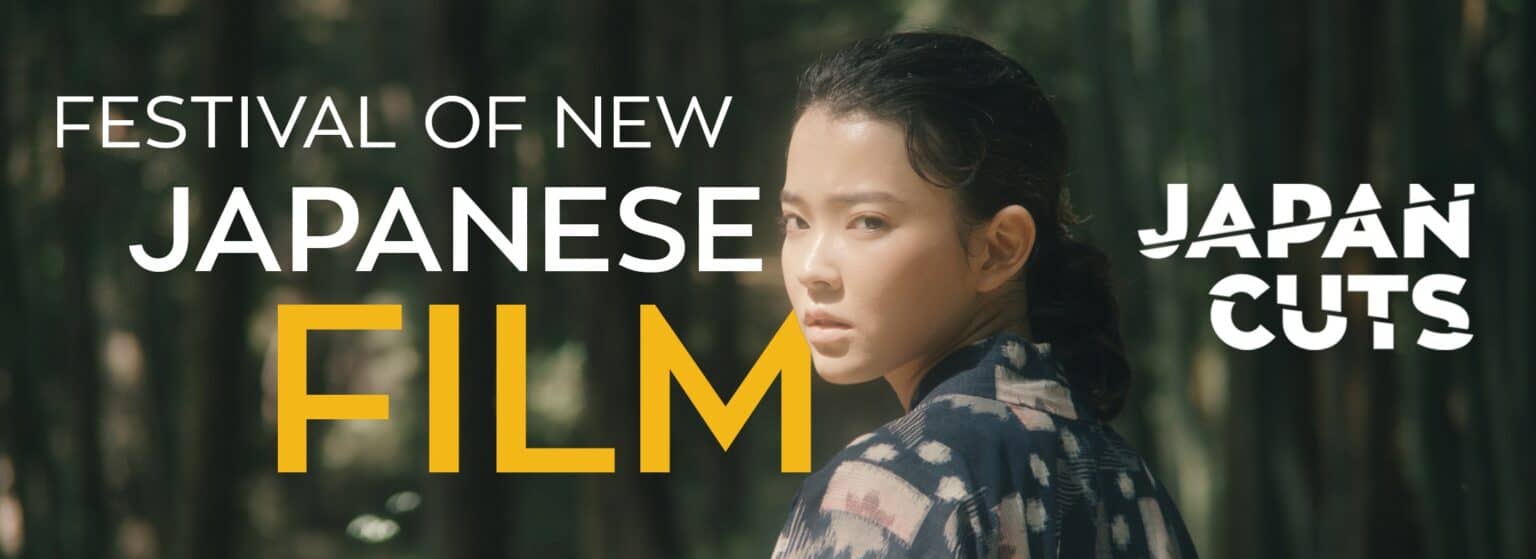
A young woman in a white tunic wanders through the tall trees of a silent forest during the opening titles; she is 28-year-old Kyoko (Rena Matsui) in one of her recurrent dreams. She is back to her hometown of Ureshino, in Saga Prefecture, Kyushu, after a period of time working in the film industry in Tokyo as an actress but we soon understand – as she goes through a job interview for a humble clerk position – that it is a past she wants to move on from. On her errands, she is noticed with surprise and shock by another young woman, Nahoko (Sae Okazaki), who seems anxious to meet her and to do so she introduces herself as a fan of Kyoko the actress she used to be. The two manage to spend some time together and chat a bit, but it soon becomes apparent, as the film unravels, that the motives behind Nahoko's curiosity are deeper and secretive. In addition, Kyoko meets high school student Anna (Sara Kurashima) who's fostered by Fumiko, an old friend of Kyoko's late mother.
There is an aura of mystery around these women, a heavy atmosphere of secrets, white lies and hidden truths. A feeble castle of cards that starts to fall apart when Kyoko discovers by chance, eavesdropping a conversation, that Anna is her half-sister. But there are more shocking revelations to come, scattered pieces of a bigger puzzle that calls for family, trauma and dialogue.
This quiet and yet complex second feature of Aimi Natsuto tackles the theme of women's trauma from sexual assault within the context of Japanese society, and the psychological impact on the individuals. The three protagonists had different traumatic experiences in the past – although all spawned by the same source – but also very different approaches and different reactions. Nahoko, for example, who is emblematically often shown protecting (or hiding) herself under an umbrella, is deeply affected and incapable to react, despite her numerous attempts. Kyoko on the other hand, looks more in control, but her deep emotional wound has affected her body and health, hitting hard the core of her womanhood; she has exhausted herself, escaping reality in the most theatrical way: being an actress. Her character also touches the theme of the displacement in relocating from the big city to a smaller center. Finally there is Anna who is forced to grow up quickly by the realization that she had been cocooned for protection and love, but at the same time kept away from the truth.
Check also this interview
Trauma and sexual assault inform and pervade indeed “Saga Saga”, but the writer/director had a great ability in treating these painful and weighty subject matters with an exquisitely delicate hand, making the film a positive and luminous exploration of the emotional aftermath, the challenges faced by survivors within this specific context, and most of all, the characters' journey to regain control of their lives and overturn fate. Moreover, a strong sense of family emerges, or better, the strength of a family unit that is based on a weak blood link but also on unspoken solidarity. Like in her first work, Natsuto counterpoises strong independent women (even though damaged) to ineffective male characters that here are very sparse and mainly in the background, like the shady father figure, that nevertheless fills the screen with his absence.
Shot in a relaxed and simple mode, all the work is done by the cast that delivers very convincing performances, especially the three main characters that manage to create a strong chemistry, despite not having much screen time together. The luminous and sunny feeling that imbues the film is conveyed by the cinematography that beautifully catches the natural light and the soothing nature of the location in Kyushu, and the unusual choice of a 4:3 aspect ratio frames and intensifies the intimacy of the story.
In conclusion, depicting the three protagonists' intertwining stories in “Saga Saga”, filmmaker Aimi Natsuto has approached the topic of violence and trauma with sensitivity and nuance, shedding light on the different experiences of the survivors, raising awareness about the lasting impact on them, and pointing out the courage required to confront the trauma.


